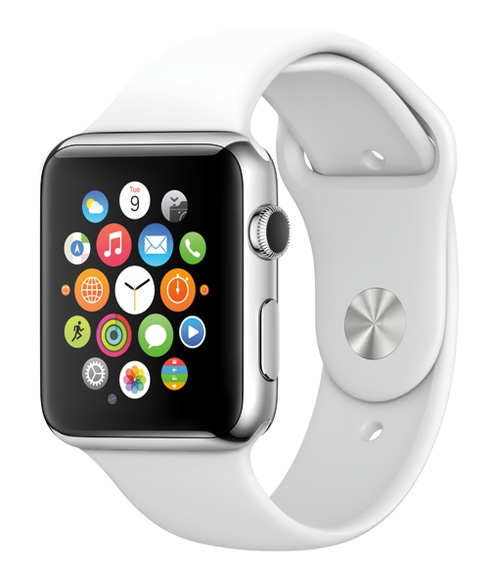82% of Americans say they're worried that wearable technology will invade their privacy, according to PwC study.


Internet Of Things: 8 Pioneering Ideas
Internet Of Things: 8 Pioneering Ideas (Click image for larger view and slideshow.)
The percentage of Americans using wearable devices is expected to increase in the foreseeable future, but a number of concerns associated with newly introduced technologies must be overcome for the wearable market to realize its full potential, according to a comprehensive new report released October 21 by PriceWaterhouse Coopers.
About 20% of American adults own a wearable device, but issues such as price, privacy, security, lack of actionable data, and inconsistent data from such devices continue to thwart greater adoption of wearable devices, the report states.
What's more, government, healthcare, and industry organizations that seek greater adoption of wearable devices must find ways for the technology to tap into the Internet of Things, where wearables can cull, interpret, and simplify data for users.
[Wearing gadgets for the right reason: Quantified Self Should Be About Health, Not Ego.]
"Inconsistency of data remains one of the top challenges for wearable technologies today," said Mike Pegler, principal at PwC's US technology practice. "For wearables to be effective across both primary and secondary devices, there needs to be an established frequency of measurement. Enterprises must forge partnerships and develop IT and platform alliances to deliver seamless experiences on both the front end and back end of wearable implementations."
According to the report, one glaring concern users have about wearable devices is skepticism about privacy and security. Of respondents participating in a survey, 82% said they were worried that wearable technology would invade their privacy. Similarly, 86% expressed concern that wearables would make them more prone to security breaches.
Worries about inconsistent data also remain a major problem. On this matter, 33% of respondents said that they no longer use, or use infrequently, a wearable device that they purchased in the past year.
A key selling point for wearables is the technology's ability to streamline and enhance training, improve employee health and wellness, and boost productivity. "In addition to closely monitoring how employees are spending their time and deriving insights on how to streamline processes and maximize efficiencies, the wearable industry offers a myriad of opportunities for hands-free tutorials and easy access to information," the report states.
According to the report, 77% of respondents said a key benefit of wearable technology is its potential to make them more efficient and more productive at work. On related matters, 77% of respondents said they would expect their workplace to permit the use of wearable technology, and 46% said they believe their organizations should fund wearable technology rather than adopting it as a bring-your-own-device model.
For government advocates of wearable technology, one of the chief challenges is to articulate and demonstrate in the months ahead how wearables can offer benefits beyond rival technologies such as smartphones.
"For wearable products to take off, they will need to carve out a distinct value proposition that a phone alone cannot deliver," states the report. "And because the phone is such an everyday fixture, for the short term, at least, wearable technology will need to seamlessly integrate with our existing technology."
The report's authors envision two realms of wearables: Primary wearables, which have the capacity to work independently as hubs that compile data, and secondary wearables, which gather specific data and forward that data to a primary wearable.
Another major barrier to greater adoption of wearables is that they continue to be used as stand-alone devices instead of being integrated into "an interoperable ecosystem," according to the report. "Most notably, wearables cannot be divorced from the Internet of Things," it states. "Whether local or remote, they must interact with other services and be used in conjunction with the cloud and corresponding big data applications."
As for the elephant in the room -- privacy and security as they pertain to the users' personal information -- organizational proponents of the wider use of wearables will have to respect this concern, build in protections, and repeatedly test those protections to ensure that wearables remain secure.
PwC's report, "The Wearable Future," was based on a survey of 1,000 consumers and wearable technology industry personnel, along with close monitoring of social media dialogue associated with wearable technology data and devices.
The Internet of Things demands reliable connectivity, but standards remain up in the air. Here's how to kick your IoT strategy into high gear. Get the new IoT Goes Mobile issue of InformationWeek Tech Digest today. (Free registration required.)
About the Author(s)
You May Also Like







